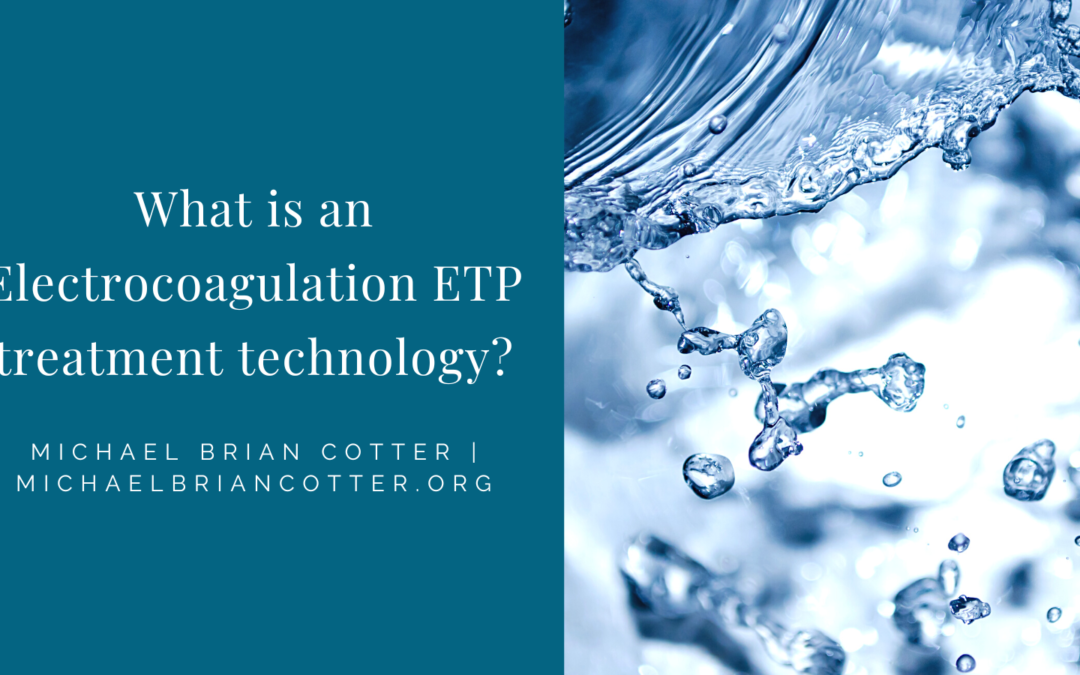Several technologies can be helpful in treating water. However, one technology that stands out from the crowd is the electrocoagulation ETP treatment technology. Today we’re going to be talking about what electrocoagulation ETP treatment technology is and who can benefit from it.
When looking at an electrocoagulation ETP, we must first look at what it’s used for. This plant is used to treat water, process water, and wastewater. It’s been heralded as an incredibly efficient and sustainable practice, as it can remove contaminants more efficiently and economically soundly. Because of this, it tends to get more preference over other chemical treatments like colloidal silica, emulsified oils, BOD, COD, total petroleum hydrocarbons, refractory organics, suspended solids, and trace heavy metals.
Electrocoagulation ETP treatment technology combines the advantages and overall functions of coagulation, flotation, and electrochemical treatments in one modular and wastewater solution. This way, it can further focus on and optimize contaminant removal in a more economically and environmentally sustainable way.
The use of electrocoagulation ETP systems can help water utilities and companies alike gain the opportunity to enhance their current water or wastewater treatment processes, as it adds a sense of dependability and reduces maintenance and operations costs as well.
What market is this for?
As electrocoagulation ETP technologies are versatile, they can be used in a variety of ways. Wastewater and water can be treated in both decentralized water utilities as well as industrial water treatment applications. You’ll normally see them in the following industries:
- Petrochemical
- Oil and gas
- Power generation
- Mining
- Food and beverage
- Textile
- Pharmaceuticals
- Pulp and paper
- General Manufacturing
What water sources can this technology treat?
This technology is incredibly adaptable and can handle a number of different applications. Be cautious, however, as when your water sources have elevated TDS levels above 500 mg/l; it can reduce the overall power consumption of the electrocoagulation ETP technology.
Some examples of the water sources that an electrocoagulation ETP modular water treatment system can treat are:
- Surface water
- Brackish water
- Seawater or other highly brackish water
- Process water
- Wastewater
- Reverse osmosis concentrate
Electrocoagulation ETP treatment technology is an incredibly beneficial tool for a number of industries. By combining the advantages of conventional coagulation, flotation, and electrochemical treatments, you can treat water, process water, and wastewater more efficiently.
